description: “An in-depth exploration of emergent gravity theories, their implications for quantum gravity, and the controversial BeeTheory.”
keywords: “emergent gravity, quantum gravity, general relativity, BeeTheory, entropic gravity, Verlinde, gravitational waves, physics”
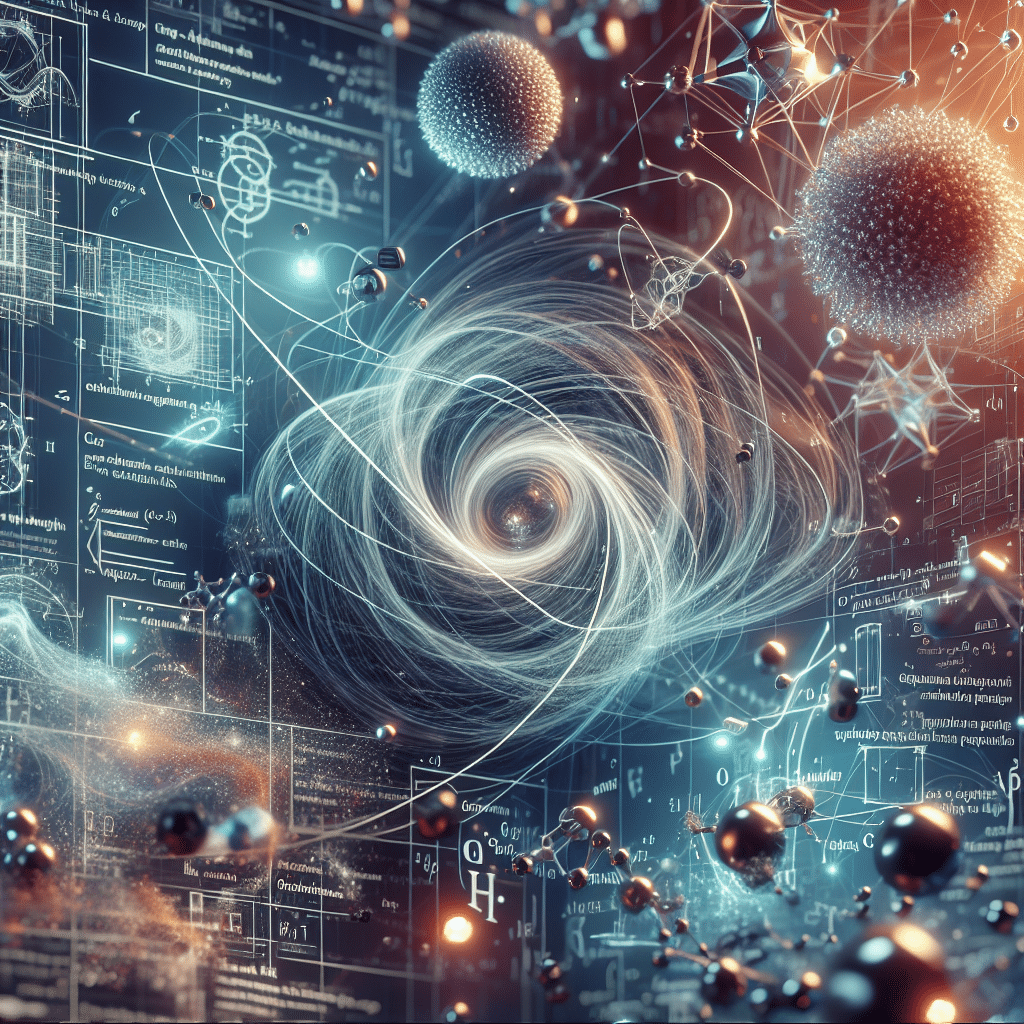
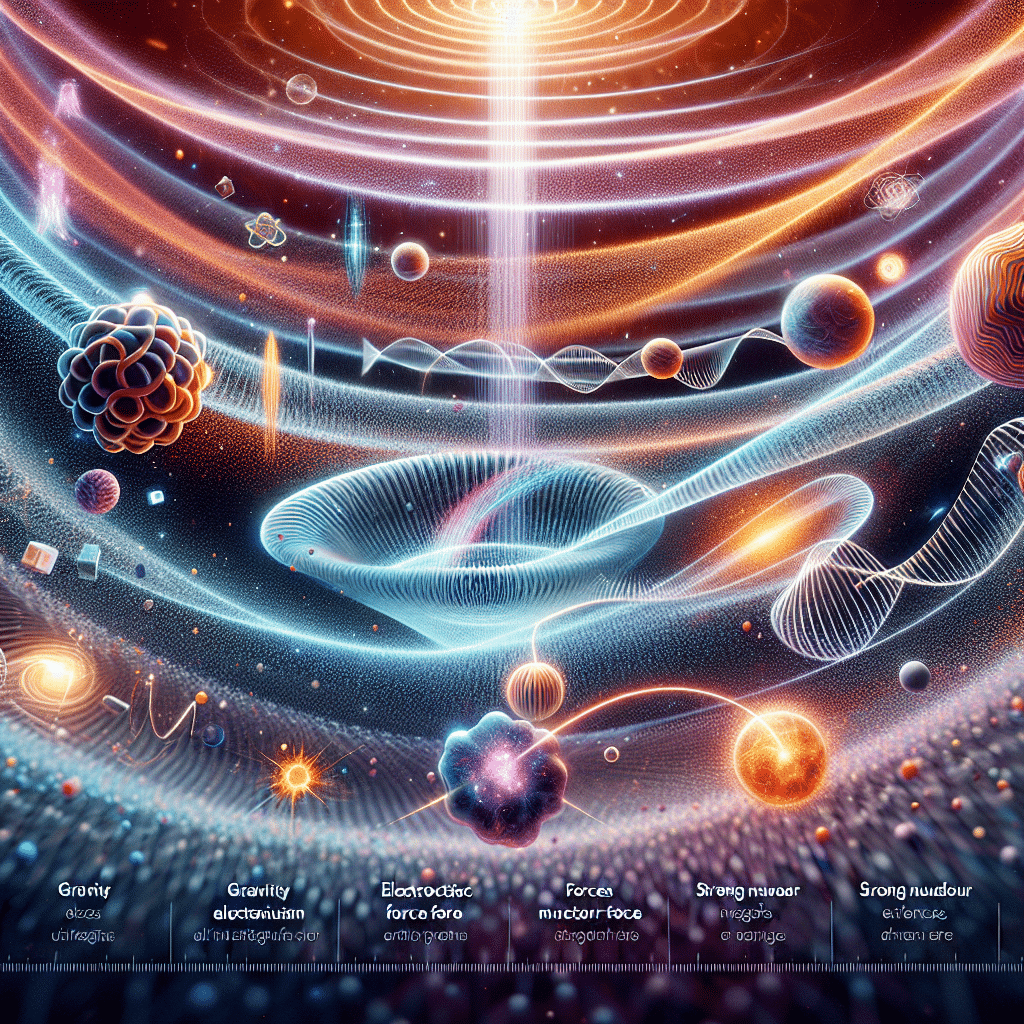
Emergent Gravity Theories: Challenging Our Understanding of Spacetime
Can gravity be an emergent phenomenon rather than a fundamental force? Exploring radical new perspectives on gravity and spacetime.
The Unsolved Mystery of Gravity
Gravity is the most familiar yet one of the most perplexing fundamental interactions in the universe. We experience it continuously, and it governs everything from the trajectories of planets to the formation of stars and galaxies. Despite its all-encompassing nature, gravity remains exceptionally difficult to reconcile with quantum mechanics. While the other three fundamental forces—electromagnetism, the strong force, and the weak force—fit elegantly within the framework of quantum field theory, gravity stubbornly refuses to be quantized in a straightforward manner.
Over the past several decades, numerous efforts have been made to integrate gravity into a larger quantum framework. String theory, for instance, attempts to unify all interactions by positing that fundamental particles are vibrating strings in higher-dimensional spacetimes. Meanwhile, loop quantum gravity focuses on a background-independent approach, discretizing spacetime into quantized loops. Although these strategies have yielded partial insights, they have also encountered conceptual and mathematical hurdles. In recent years, a truly radical idea has surfaced: gravity may not be fundamental at all, but rather an emergent phenomenon. This perspective not only challenges our understanding of spacetime but also suggests that our familiar three-dimensional space and single dimension of time might themselves be macroscopic approximations of deeper quantum structures.
What Is Emergent Gravity?
In an emergent gravity framework, the force of gravity is considered a large-scale manifestation of underlying microscopic degrees of freedom, much like how temperature emerges from the collective motion of molecules in thermodynamics. Rather than treating spacetime as a rigid background in which particles move, emergent gravity posits that spacetime arises from more fundamental constituents. In this viewpoint, gravitational fields and curvature are byproducts of a deeper, perhaps quantum or statistical, structure that becomes visible only at macroscopic scales.
Key Ideas Behind Emergent Gravity
- Spacetime as an Emergent Construct: The familiar four-dimensional continuum we observe may be a coarse-grained description of a more fundamental, possibly discrete, reality.
- Statistical or Entropic Effects: Gravitational interactions could arise from entropic forces or thermodynamic principles, rather than from the exchange of a mediator particle.
- Approximate Nature of Einstein’s Equations: The equations of General Relativity might be effective field equations that emerge from a richer underlying physics, mirroring how thermodynamics emerges from particle interactions.
These ideas prompt physicists to rethink not just the nature of gravity, but also how information, entropy, and geometry interweave to produce our observable universe.
Entropic Gravity: Erik Verlinde’s Theory
Among the myriad emergent gravity proposals, one of the most notable is Entropic Gravity, formulated by physicist Erik Verlinde. Verlinde asserts that gravity originates from entropic considerations tied to the distribution of information in spacetime.
In thermodynamics, entropy is a measure of disorder. Verlinde’s insight is that gravitational attraction could be interpreted as an entropic force, arising because the presence and displacement of matter affect the entropy balance in the underlying microstates of spacetime.
Verlinde’s Key Arguments
- Entropy and Matter: The displacement of matter alters the number of available microstates, leading to an entropy gradient.
- Thermodynamic Governing Principles: The second law of thermodynamics, which drives systems toward higher entropy, could account for the apparent “force” of gravity.
- Deriving Newton’s and Einstein’s Laws: By considering entropic forces on a holographic screen, Verlinde demonstrates how Newtonian gravity and even Einstein’s field equations might emerge from entropic considerations.
Although this framework has gained substantial attention, it remains a subject of debate. Critics contend that while the analogy between gravity and entropy is suggestive, it doesn’t yet provide a fully fleshed-out microscopic model. Further, experimental confirmations are lacking, and competing theories continue to propose different mechanisms for how gravity might emerge from deeper physics.
The Holographic Principle and Gravity
Emergent gravity theories often draw heavily from the holographic principle, an idea that posits all the information within a volume of space can be encoded on a lower-dimensional boundary. This principle grew out of research on black hole thermodynamics and quantum information, where it became evident that the information content of a black hole scales with the area of its event horizon rather than its volume.
In the celebrated AdS/CFT correspondence, a higher-dimensional gravitational theory in Anti-de Sitter space (AdS) is related to a conformal field theory (CFT) on its boundary. Many physicists regard this as a concrete example of emergent gravity, suggesting that spacetime and gravitational dynamics in the bulk region might emerge from quantum interactions on the boundary. If gravity is indeed emergent in this manner, our four-dimensional universe could be a large-scale manifestation of lower-dimensional data encoding, opening the door to new insights into spacetime and quantum physics.
Problems with Traditional Quantum Gravity
Efforts to quantize gravity through conventional methods—like string theory or loop quantum gravity—are fraught with conceptual and technical challenges. These difficulties have spurred alternative perspectives, including emergent gravity models.
1. The Graviton Problem
Physicists often assume that if gravity can be quantized, there should be a fundamental mediator particle (the graviton), analogous to the photon in electromagnetism. However:
- Experimental Invisibility: Gravitons, if they exist, are expected to be extraordinarily weakly interacting, making direct detection virtually impossible with current technology.
- Non-Renormalizable Infinities: Treating the graviton as a perturbative spin-2 quantum field has historically led to unsolved divergences in the mathematical formulation.
- Energy Scale Discrepancies: Quantum gravitational effects tend to become significant only at the Planck scale (~(10^{19}) GeV), far beyond the reach of modern particle accelerators.
2. The Background Independence Dilemma
General Relativity is characterized by background independence, meaning that spacetime is itself a dynamic entity. Many quantum gravity approaches, particularly those relying on perturbation theory around a fixed background, struggle to incorporate the dynamical nature of spacetime at a fundamental level. This tension has motivated researchers to explore formulations where geometry is not merely an arena but a product of deeper quantum dynamics.
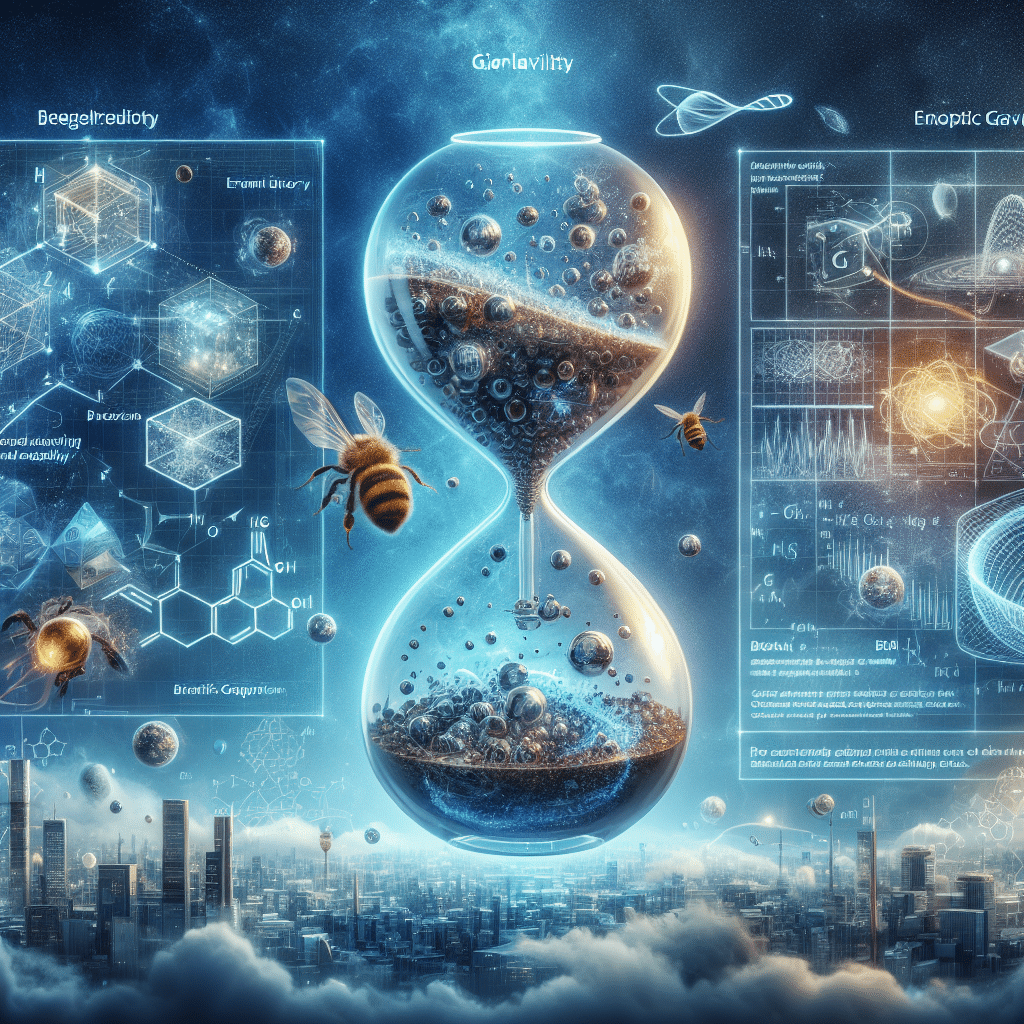
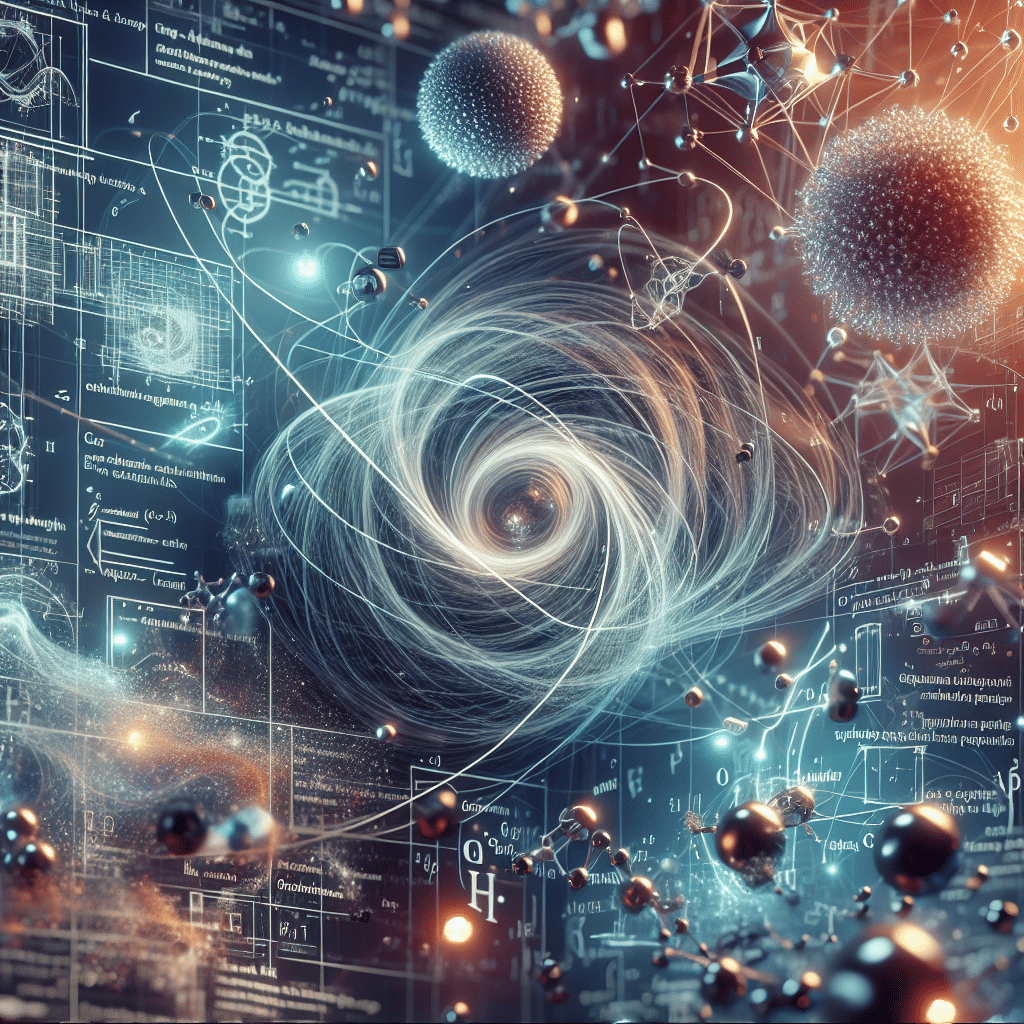
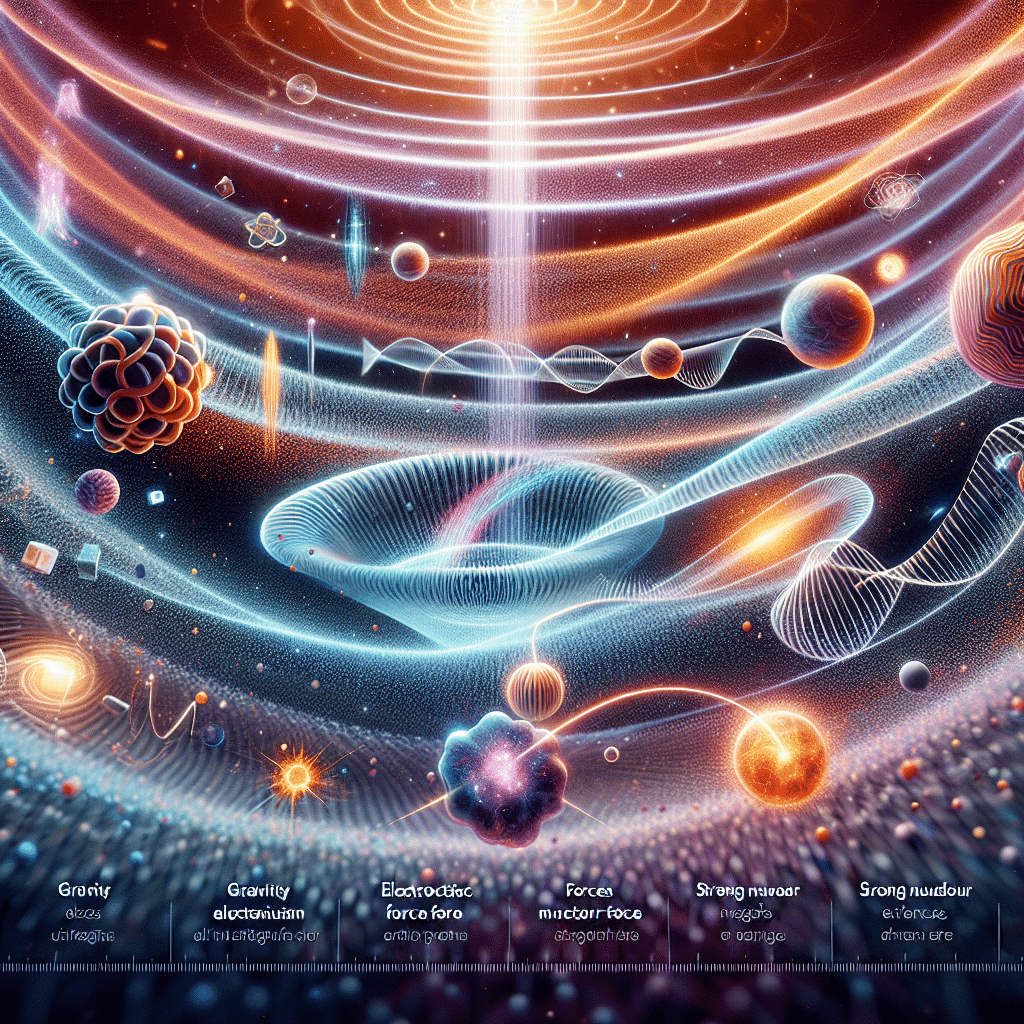
Introducing BeeTheory: A Radical Wave-Based Approach
Within the broad landscape of emergent gravity models, BeeTheory offers one of the most unconventional takes. Unlike other theories that place heavy emphasis on thermodynamics or holographic boundaries, BeeTheory posits:
- Purely Wave-Based Phenomenon: Gravity emerges from collective oscillations or wave-based processes, with no reliance on hypothetical particles like gravitons.
- Spacetime from an Oscillatory Field: Instead of deriving geometry from information or entropic arguments, BeeTheory suggests a network of wave interactions at the Planck scale is responsible for the illusion of continuous spacetime.
- Collective Excitations: Gravitational attraction could be explained by the synchronous resonance of fundamental wave modes, leading to large-scale geometric effects.
Why Is BeeTheory Controversial?
BeeTheory departs dramatically from established paradigms by denying the necessity of Einsteinian spacetime curvature or quantum particles mediating force. Critics argue that it is too speculative and lacks experimental backing. Nonetheless, its proponents claim it resolves conceptual impasses in both quantum mechanics and General Relativity, thereby warranting further theoretical exploration.
Further Reading on Alternative Gravity Theories
- Erik Verlinde’s Paper on Entropic Gravity
- The Holographic Principle
- Stanford Encyclopedia: The Emergence of Spacetime
Emergent gravity models, whether framed through entropic arguments, holographic principles, or radical wave-based proposals like BeeTheory, are challenging long-held assumptions about the fundamental nature of spacetime. By viewing gravity as a macroscopic manifestation of deeper quantum or thermodynamic processes, these theories seek to bridge gaps left by conventional approaches. While definitive proof or refutation of emergent gravity remains out of reach, the exploration of these ideas continues to inspire innovative research in theoretical physics, potentially guiding us toward a more complete understanding of our universe.